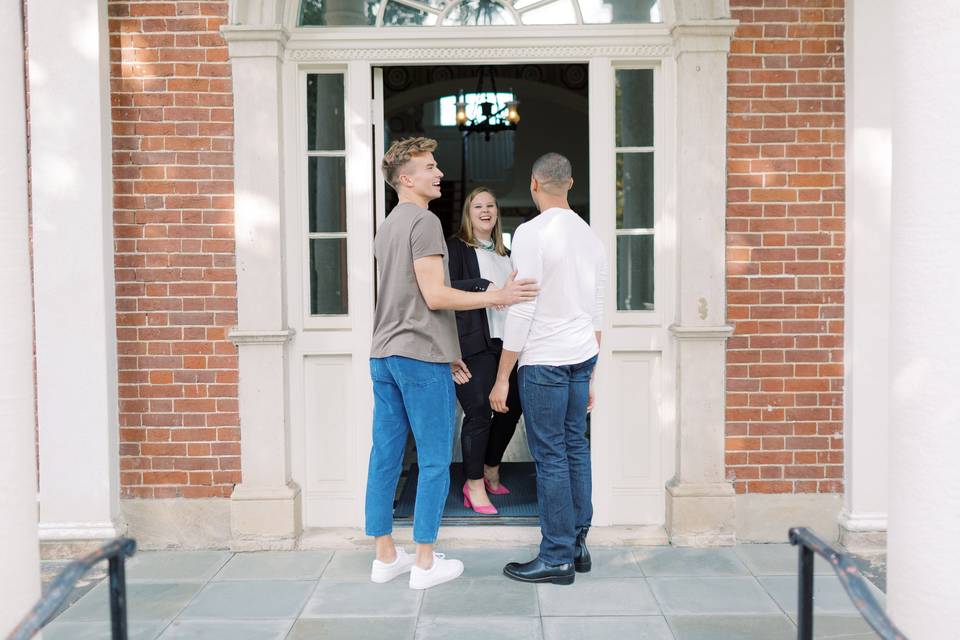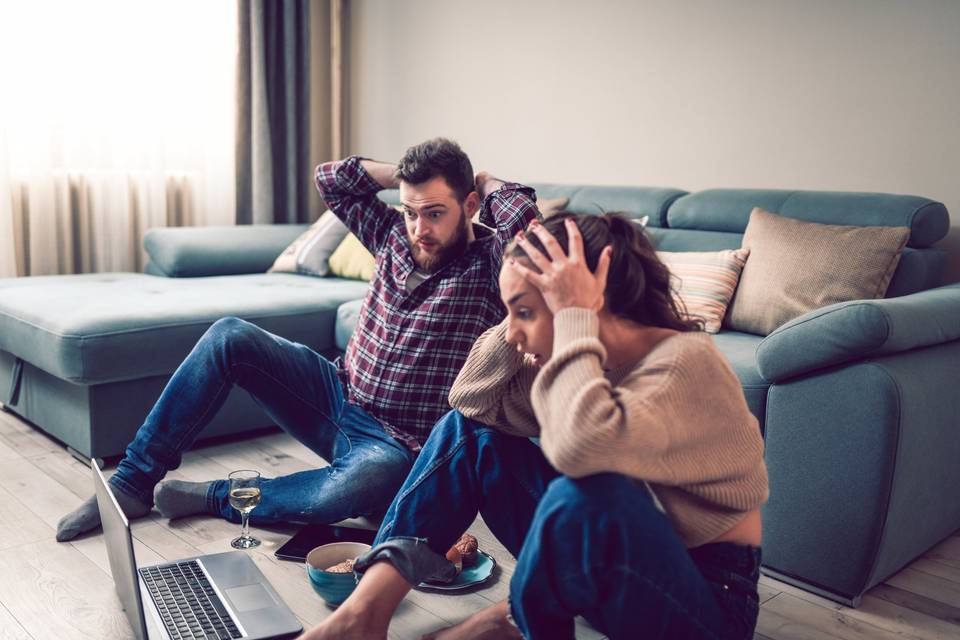The 7 Biggest Ways LGBTQIA+ Weddings Have Changed Over the Last 5 Years
From guest counts to personalizing traditions, LGBTQIA+ weddings have changed in some surprising ways since marriage equality was legalized in 2015.

It’s been five years since the Supreme Court made marriage equality the law of the land, and according to a new WeddingWire study, LGBTQIA+ weddings have changed in some pretty significant ways since that monumental decision. In just five years,LGBTQIA+ weddings are bigger than ever before—and are blending both new and old traditions to create a totally personalized experience.
“As time passes I am proud to see LGBTQIA+ couples begin to create their own traditions and not just do what they think they are supposed to do, because it is all we have known and seen,” says Jove Meyer of Jove Meyer Events in Brooklyn, New York. “I have noticed that more and more LGBTQIA+ couples are having their wedding their way, not the way they feel they should to make their hetero families feel comfortable or happy.”
Here’s how LGBTQIA+ weddings have changed in the past five years, from guest counts to social media, traditions, and more.

More guests and bigger wedding parties
According to the WeddingWire study, LGBTQIA+ couples are inviting more guests to their weddings. In 2015, LGBTQIA+ couples invited 100 guests, but in 2019, that number increased to 115. Couples are also including more loved ones in their wedding parties, with the number of wedding party members increasing from six to eight in the five years since the marriage equality ruling. According to Kirsten Palladino of EquallyWed.com, right after marriage equality was legalized, many LGBTQIA+ couples opted for smaller courthouse weddings with few guests and small or no wedding parties. Five years later, “we’re hearing from couples who have an engagement period and are saving up for a bigger wedding.”

Increasing parental involvement and support
More and more LGBTQIA+ couples are approaching parents to give their blessing, with an increase of 22% since 2015. While this tradition is not being done by a majority of LGBTQIA+ couples, it is slightly more common among female-identifying couples. Parents are getting involved with LGBTQIA+ weddings in more ways—more than half of couples are being escorted down the aisle by a parent (an increase of 39% since 2015), and parent-child dances are now being done by over 60% of LGBTQIA+ newlyweds. While unfortunately not all families are supportive of their LGBTQIA+ members, seeing this increase in parental involvement is encouraging.

Sharing wedding news on social media
Social media has become a huge part of wedding planning, and LGBTQIA+ couples are sharing more about their weddings on these platforms. The number of LGBTQIA+ couples who announce their engagement on social media has increased by 34% since 2015, and couples creating wedding hashtags has increased by 37%. It’s particularly exciting to see LGBTQIA+ couples create wedding hashtags, as it allows loved ones to share posts and photos to their own networks as well.

Mixed-gender wedding parties
Many current wedding trends actually have their origins with the LGBTQIA+ community. Over the past five years, LGBTQIA+ couples have selected their wedding party members based on relationships, not gender, including bridesmen, groomsladies, best women, and men of honor in wedding parties. Says Jove Meyer: “LGBTQIA+ people are fortunate to have our chosen families and on our wedding day we will celebrate them and make sure they are standing by our side, regardless of their gender, age, sexual orientation, race, etc. We are starting the trend of doing what makes you happy, and is authentic to you, not society, your parents, or their friends!”

Writing personalized vows
LGBTQIA+ weddings have spearheaded the trend of creating their own vows. In fact, a majority of LGBTQIA+ couples were writing their own vows in 2015, and now that number has increased even more—today, 70% of LGBTQIA+ couples write their own wedding vows. Only 44% of all couples write their own vows, so it’s clear that creating a personalized ceremony experience is of utmost importance to the LGBTQIA+ community.

First looks and first dances
As LGBTQIA+ weddings grow, certain traditions are seeing a rise in popularity. While LGBTQIA+ couples have often had a first look (a special photo op where the couple sees each other before the ceremony), its popularity has increased at a higher rate than all couples (25% vs. 7%). And though the first dance is the most popular wedding tradition among all couples (91%), we’ve seen a drastic increase among LGBTQIA+ couples embracing this tradition—its popularity has increased by 43% in the past five years.

Changing last names
Though nearly 80% of all couples change their last name, there has been a steady increase among the LGBTQIA+ community who choose to share a last name after marriage. In fact, this has doubled over the past five years. In 2015, one-quarter of LGBTQIA+ couples changed their last names, as compared to 49% today.





